Hamish asked me recently to write an article about my findings on the Carl Zeiss 38mm f/2.8 Sonnar (/Omnar CX38-28) when mounted on Hasselblad XCD and Fuji GFX cameras.
Wait… 38mm Sonnar on medium format digital?! Well yes! This is something we found out last year while developing the CX38-28 Omnar lens mechanics, which rehouse the Carl Zeiss 38mm Sonnar lens from the Contax T and T2 cameras.
The Contax T (and likewise T2 also), of course are 35mm P&S film cameras, which have the amazing 38mm Sonnar formula lens built into them. What is even more amazing, is the image circle these 38mm Sonnars make, do not cover just the 36mm x 24mm full frame sensor, they also fully cover the 44mmx34mm medium format sensor on the Hasselblad XCD and Fuji GFX cameras. The image circle produced by the 38mm Sonnar exceeds 60mm in diameter, meaning there is no hard vignetting in the corners when using this lens on either XCD or GFX camera systems.
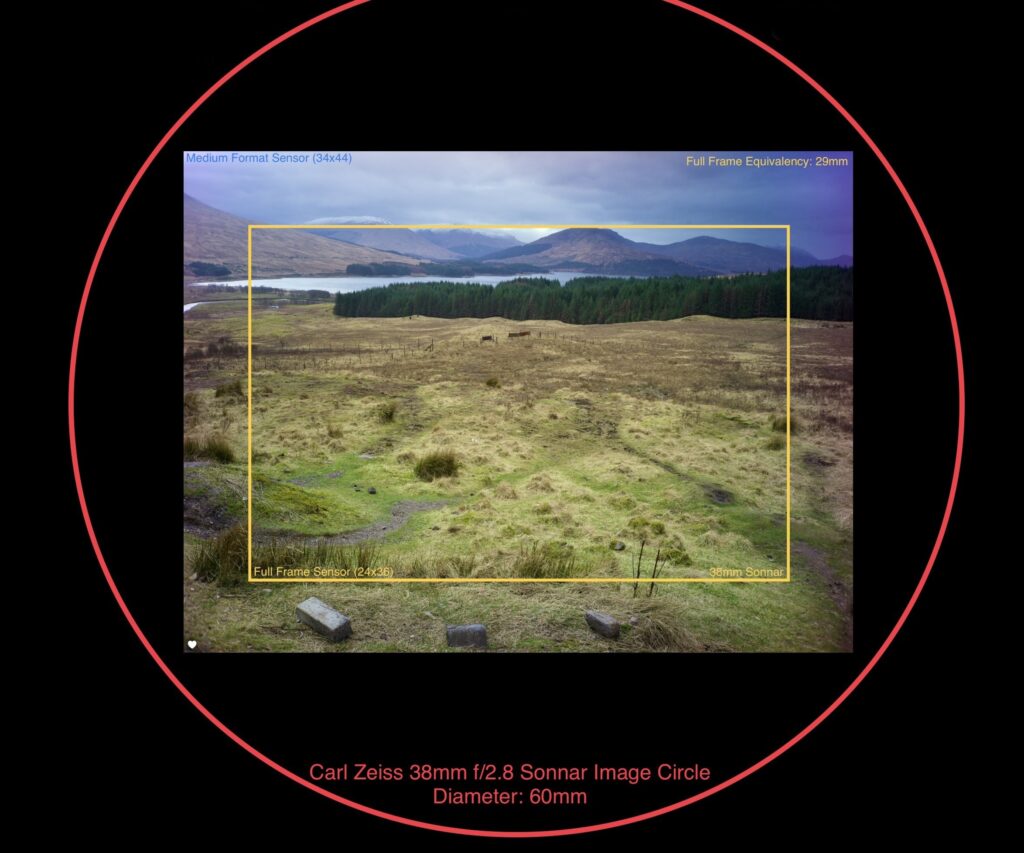
As a person who has a healthy access to all makes and models of rangefinder lenses to test with (Leica, Zeiss, Nikkor, Canon… etc.), the Carl Zeiss 38mm Sonnar is probably the best performing adapted classic mirrorless/rangefinder lens I have (there are SLR lenses that also work well like the 58mm f/2 Biotar). But within the P&S and rangefinder realm, countless Summilux, Noctilux, Distagons, Biogons… etc all very rarely reach the coveted full digital medium format coverage. This 38mm Sonnar seems to achieve easily with some room to spare.
So why is that? (and hence the reason for this article)
The 38mm Sonnar is a pancake lens design, and pancake designs appears to lend themselves extremely well to GFX/XCD usage. Pancake lenses sit closer to the sensor then say SLR lenses would, thus they are more prone to letting in light from extreme angles that otherwise would be blocked via mechanical vignetting from more elongated and off sensor formula designs.
Another trick the 38mm Sonnar has in achieving its feat, is the fact that it is indeed a Sonnar formula which often have very large image circles beyond their target frame size. In terms of adapting classic and vintage lenses on to the GFX/XCD sensors, the Carl Zeiss Sonnar formula seems to be a greatest hit list of lenses that work extremely well on the larger sensors.
From the 1932 Nickel era Carl Zeiss Jena 5cm f/2 Sonnar providing full digital medium format coverage (and our 5cm f/2 Bertele MC lens inheriting this fine pedigree), to the 85mm f/2 Jena Sonnar also covering, onward to the Contax G 90mm Sonnar, which also covers 100%, the Carl Zeiss 135mm f/2.8 and f/2 APO Sonnars, which again also provide full coverage. Sonnar formulas seem to just work, and work well when adapted to larger sensors. However, there is something magical that occurs when the 38mm Sonnar is used on GFX and XCD sensors: it becomes a 29mm f/2.2 equivalent lens.
Since 28mm full frame Sonnar design has been one of the mythical unicorns in terms of optical formula creation (nobody has yet successfully made a 28mm Sonnar for full frame). The fact that the 38mm Sonnar becomes a 29mm f/2.2 full frame equivalent lens when used on the XCD/GFX sensors, Sonnar fans can finally rejoice that we now have a usable wide angle lens. A rare moment when we can have cake and eat it too.
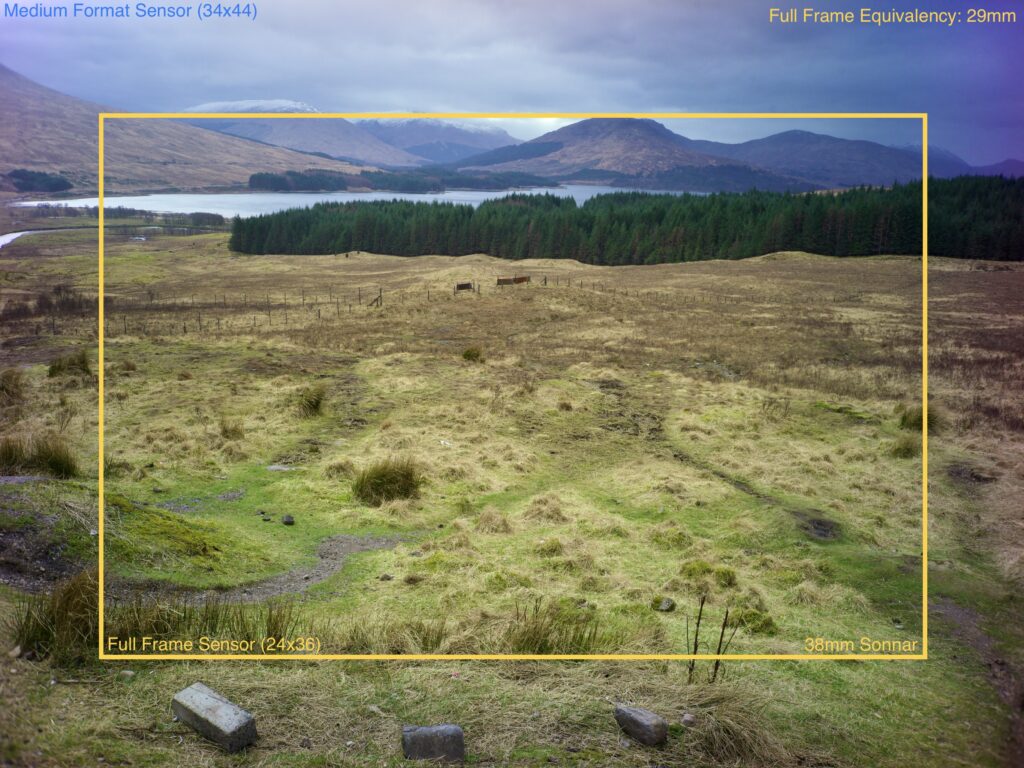
Pancake optical design and being a Sonnar formula is only half of it. Since the 38mm Sonnar optical formula was performing so well on the 44×33 sensors, this presented us with a new challenge when designing the CX38-28 Omnar conversion. We wanted to avoid inducing any mechanical vignetting into the lens conversions to permit unobstructed XCD/GFX usage, thus CX38-28 became the first lens on our end to be both designed for Leica rangefinder and XCD/GFX usage. With the dual requirement of having a RF cam for proper rangefinder usage while also preserving the full 60mm image circle and not mechanically truncating it in any way.
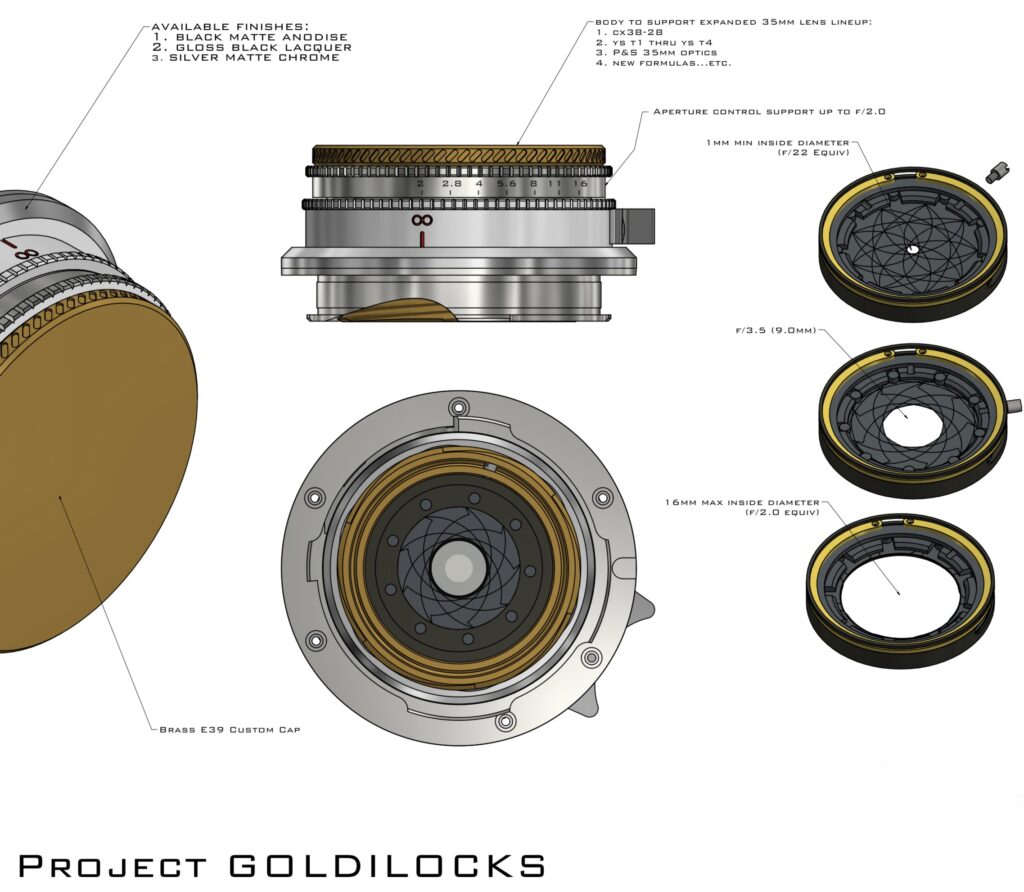
Our solution became a new Omnar lens design (which we call internally “Project Goldilocks”) which was to permit the lenses like the 38mm Sonnar to perform at their native image circle size while providing aperture control function along with a new optical block for the donor glass.
The CX38-28 lens was already becoming a challenging lens to convert, as the internal glass and aperture blade system of the lenses are pretty much the only parts being retained in the Omnar conversion. Many may not know this, but while the glass of the 38mm Sonnar formula is extremely high quality, the mechanical design of the Contax T2 lens body is mainly metal on its exterior. Internally, there is a tightly packed sandwich of plastic structural parts, circuit boards, ribbon cables and various other bits that are rather unsuitable for a basis of lens conversion.
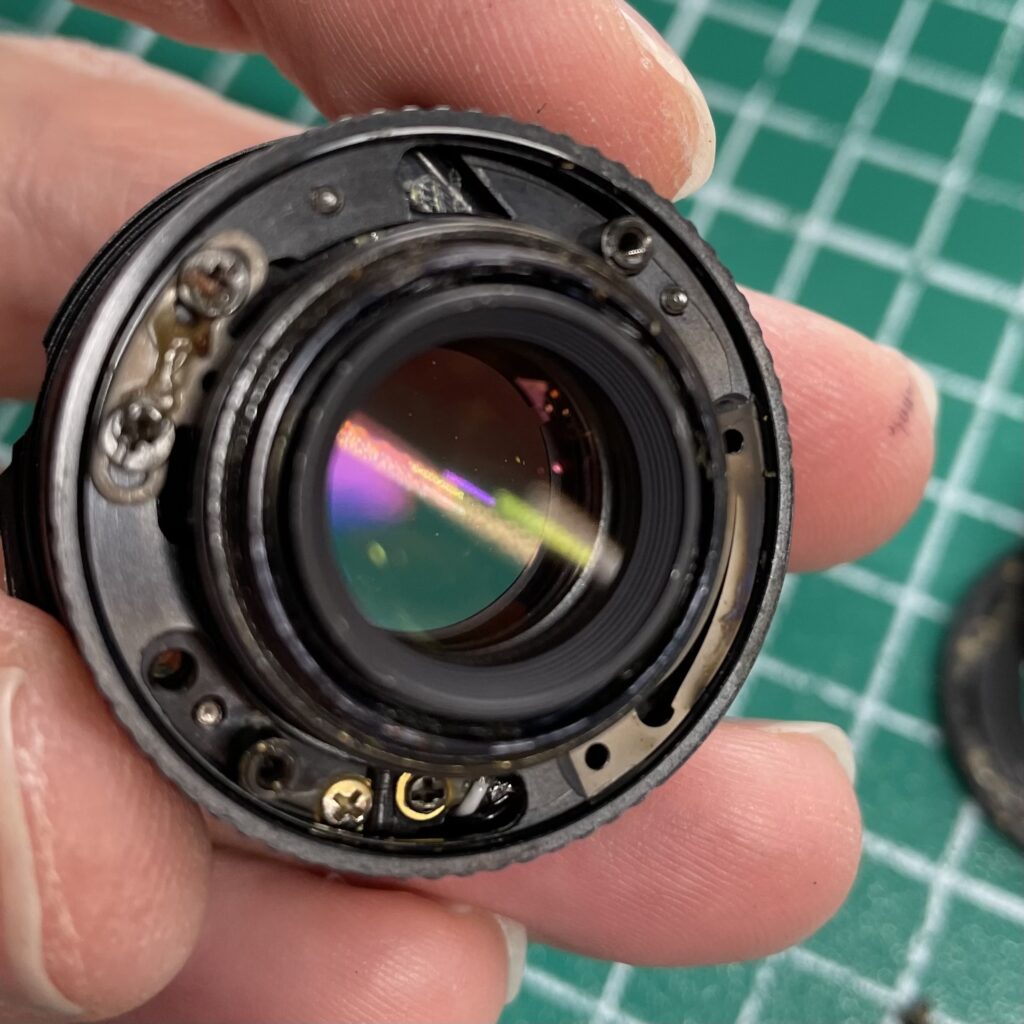
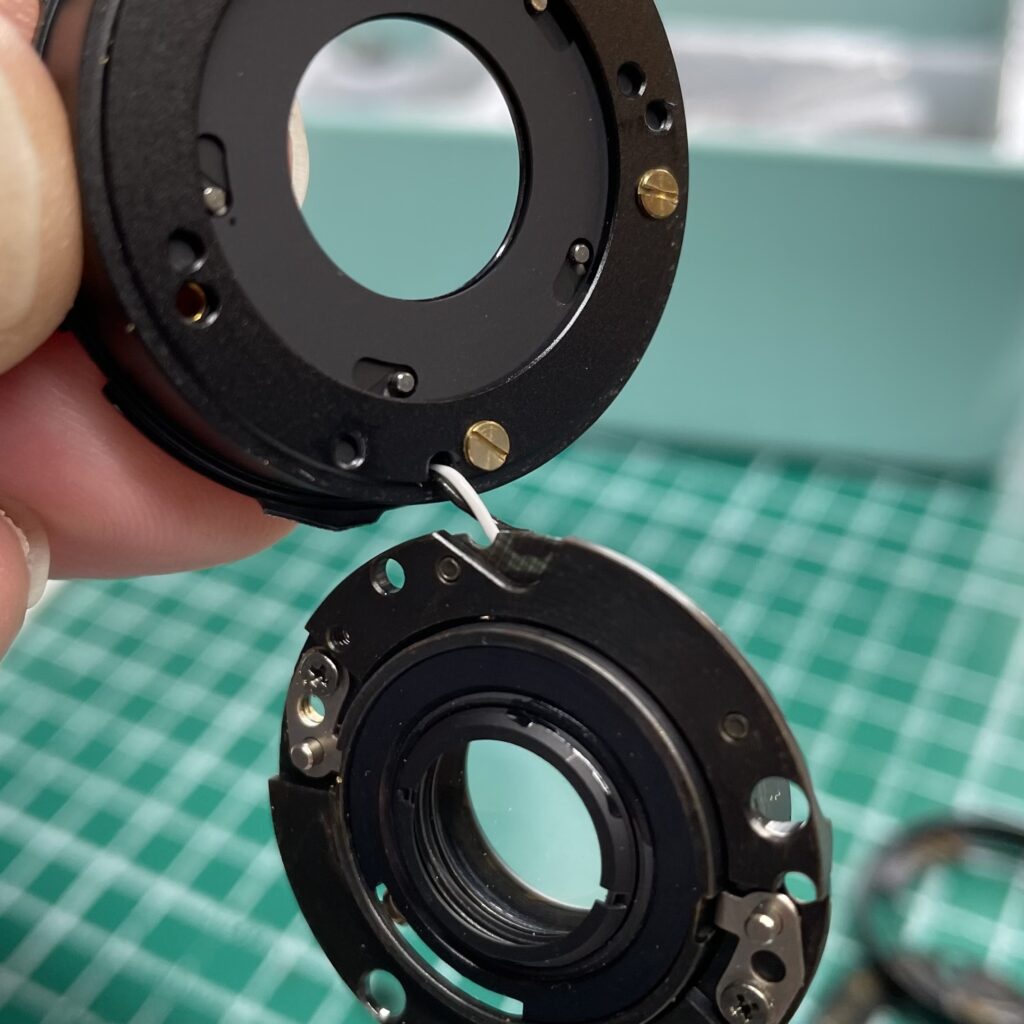
Since we had to design a new optical block for the lens, this gave us the opportunity to implement a sufficient baffle opening which begins at the rear optical element to permit the full 60mm image circle to pass through unobstructed.
When the formula is used in its native T series cameras, the leaf shutter behind the rear element along with the existing baffles would in theory become a source of mechanical vignetting on 44×34 sensor usage, thus must be removed for the conversions.
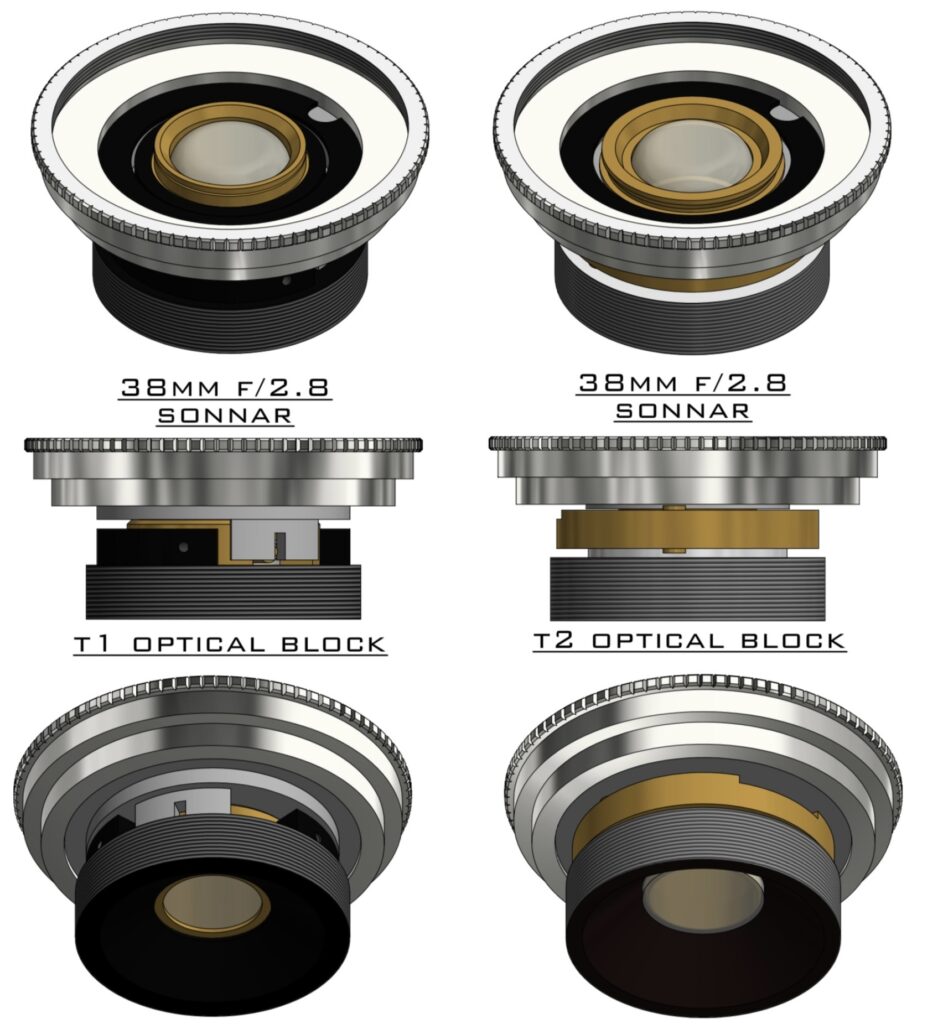
To accommodate for this, two different optical block designs had to be created depending on if T1 or T2 glass was being rehoused.
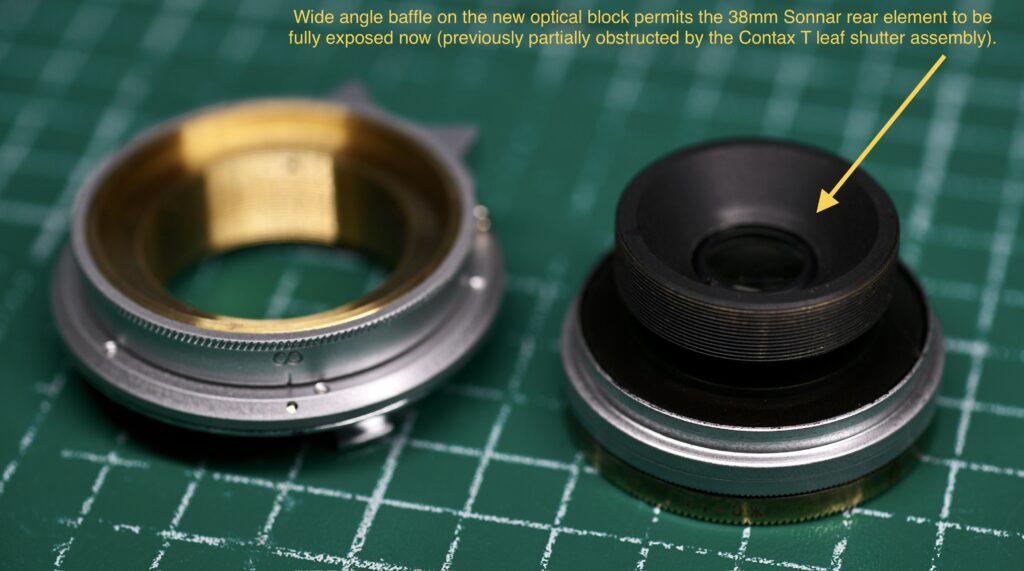
The final result is something a bit of a optical miracle, in that for all normal convention this tiny 38mm lens when rehoused in its new body (which is not much bigger then a Leica M bayonet cap), is managing to cover the entire 44×33 digital medium format sensor, and acting like a 29mm f/2.2 equivalent lens.
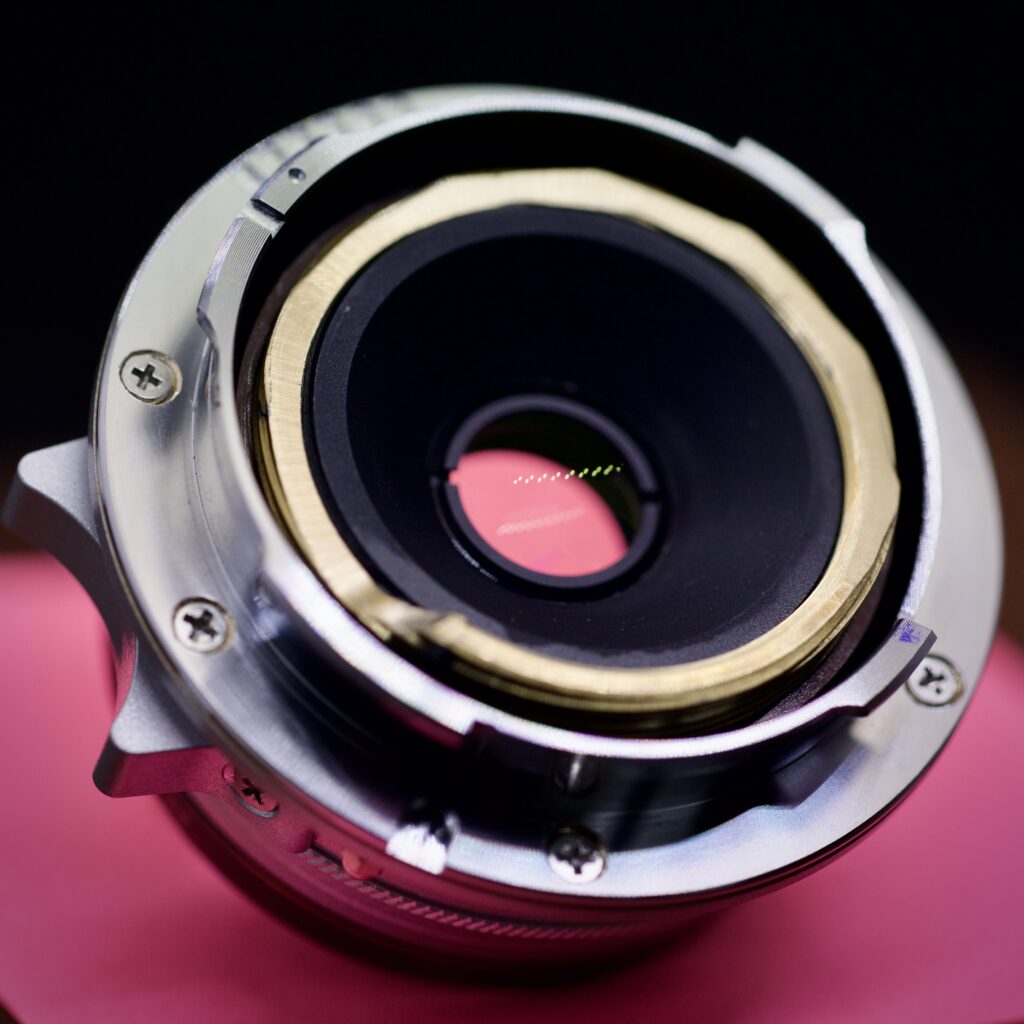
With all this said, it is worth noting that on the Fuji GFX50 and Hasselblad X1D series cameras that use the original Sony IMX161 sensor (50mp version), which is front side illuminated. As a result, there is occasional purple edge colour shift that can occur when using the CX38-28 and other wide angle adapted lenses. On the more modern Sony IMX461 sensor (100mp version) which is found in the Fuji GFX100 and Hasselblad X2D series cameras, these camera sensors are back side illuminated (BSI). BSI appears to resolve all the colour shift issues associated with the older generation front side illuminated sensors. We’ve tested two BSI sensor cameras with the 38mm Sonnar (including the new Fuji GFX100ii), and these cameras don’t exhibit the purple edge colour shift… just something to keep mindful of.
Seeing is believing, so I will end the boring technical and engineering points and show a handful of pictures taken with the CX38-28 Omnar on the Hasselblad X1D camera (with earlier Sony IMX161 sensor).
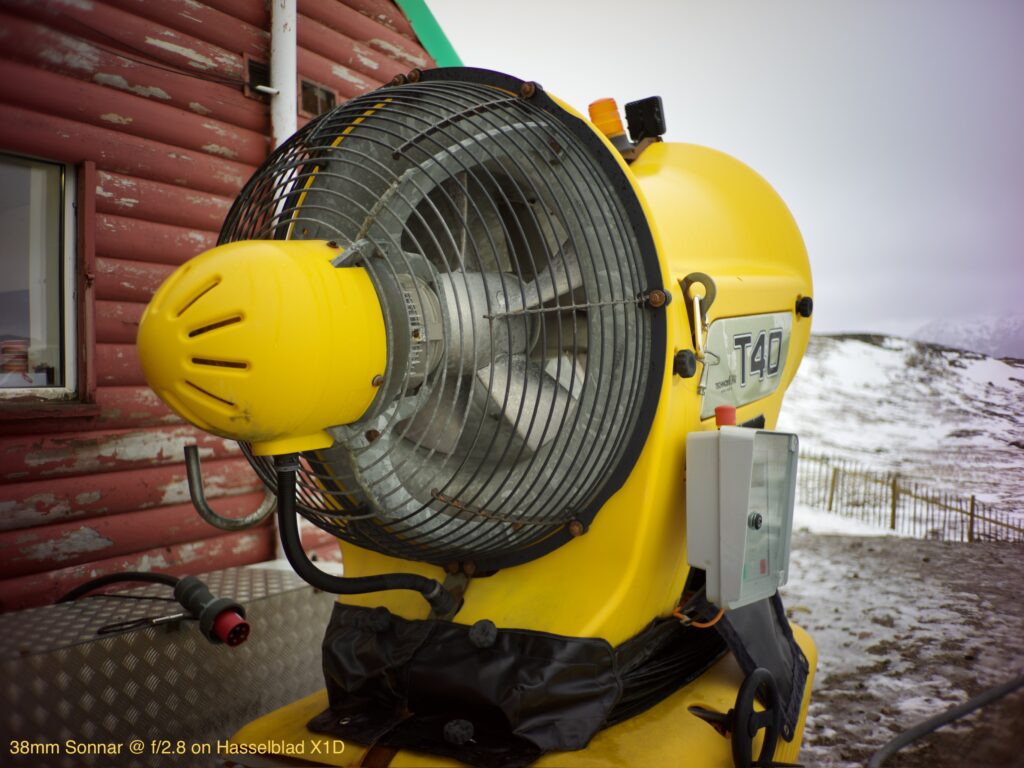
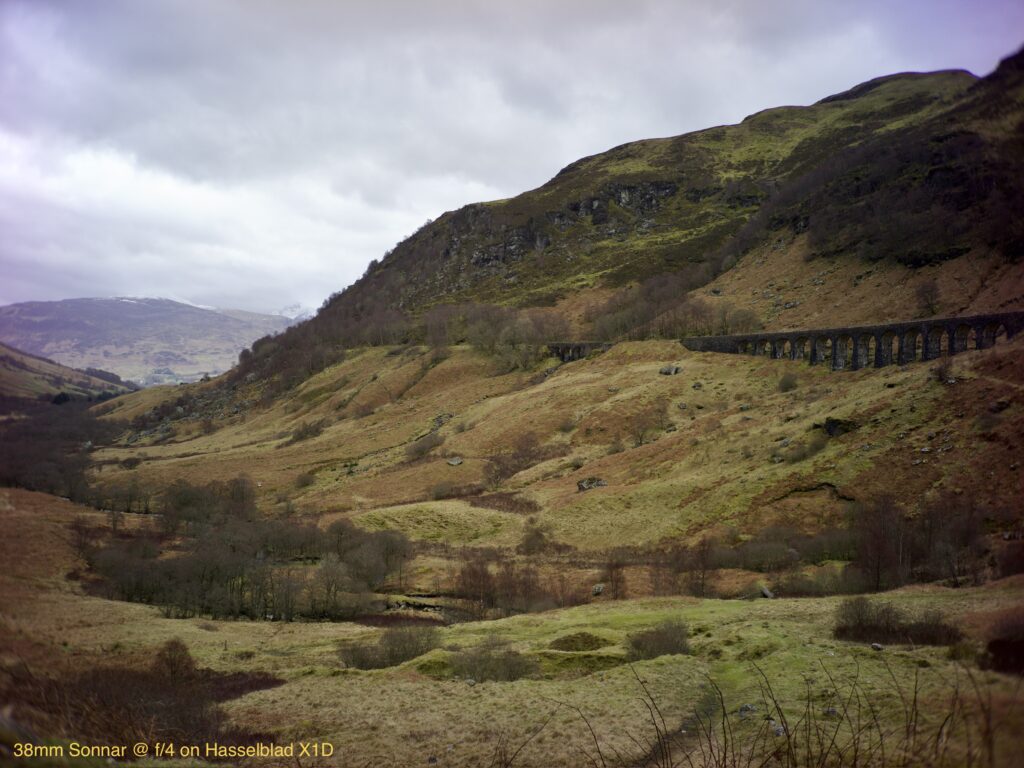
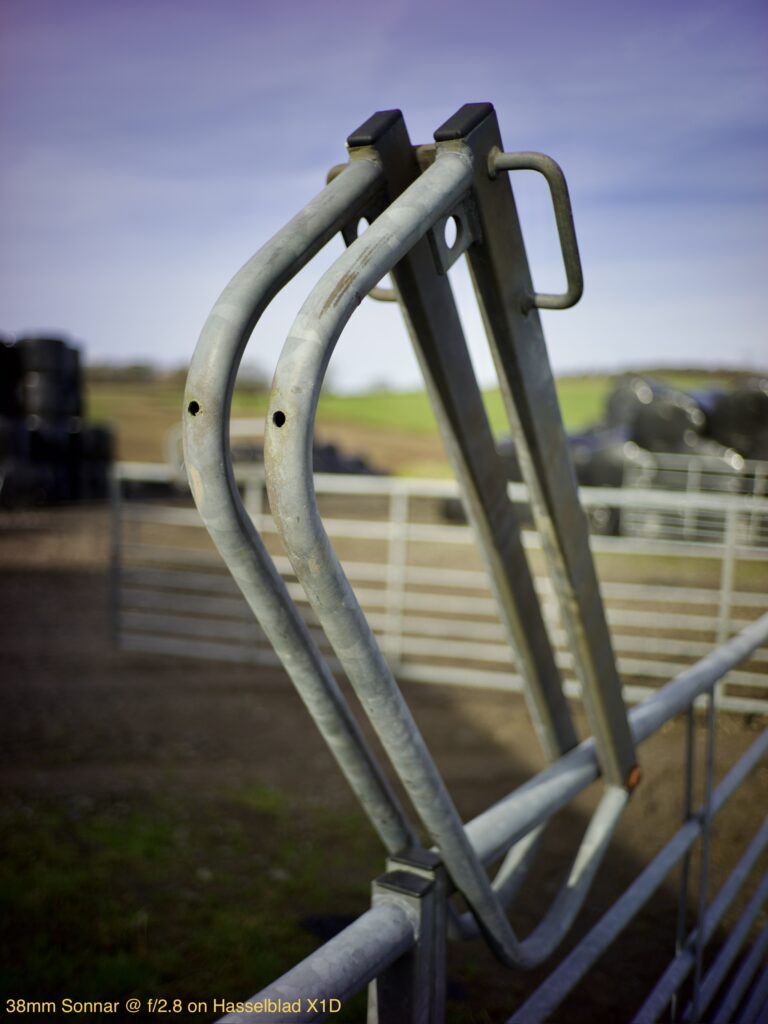
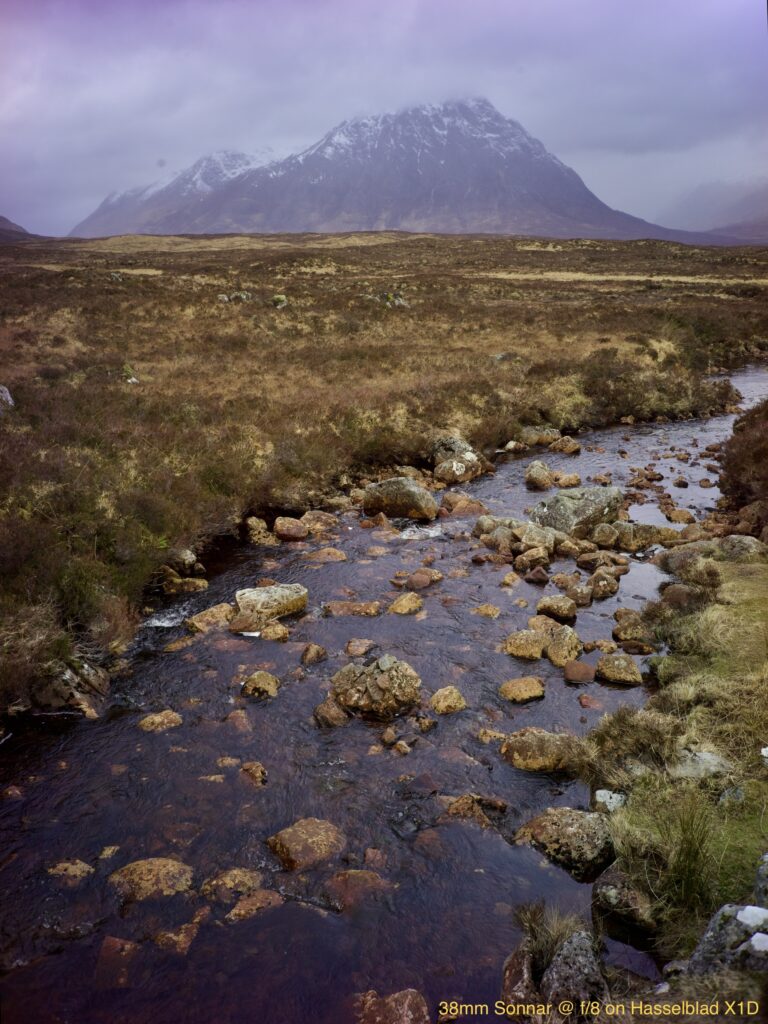
At this stage, it would be remiss of me not to mention the fact that the Omnar CX38-28 will be released in an first limited batch of 12 lenses – if you would like to be informed when the lens is available to purchase, please sign up to the mailing list at the bottom of our website here.
Share this post:
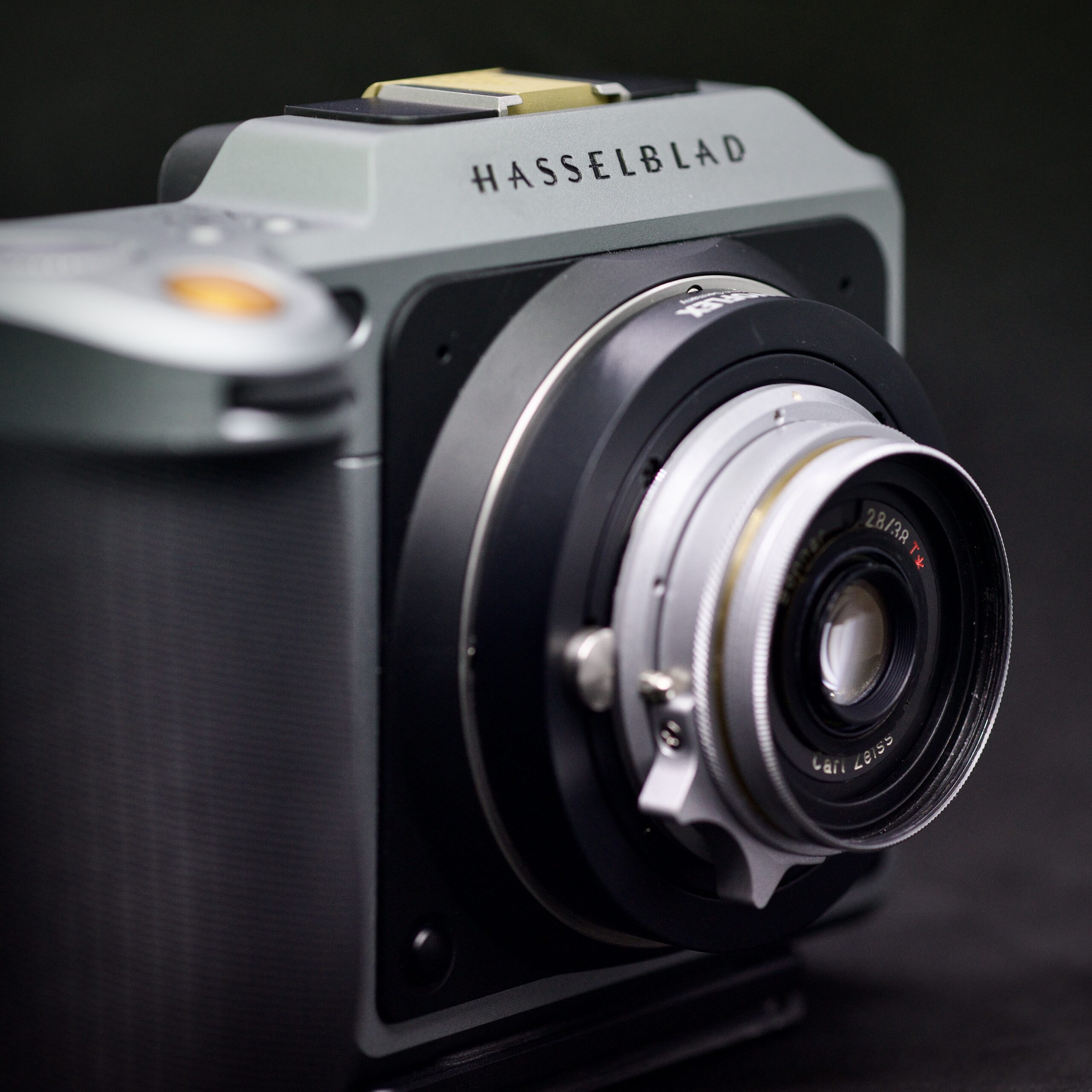
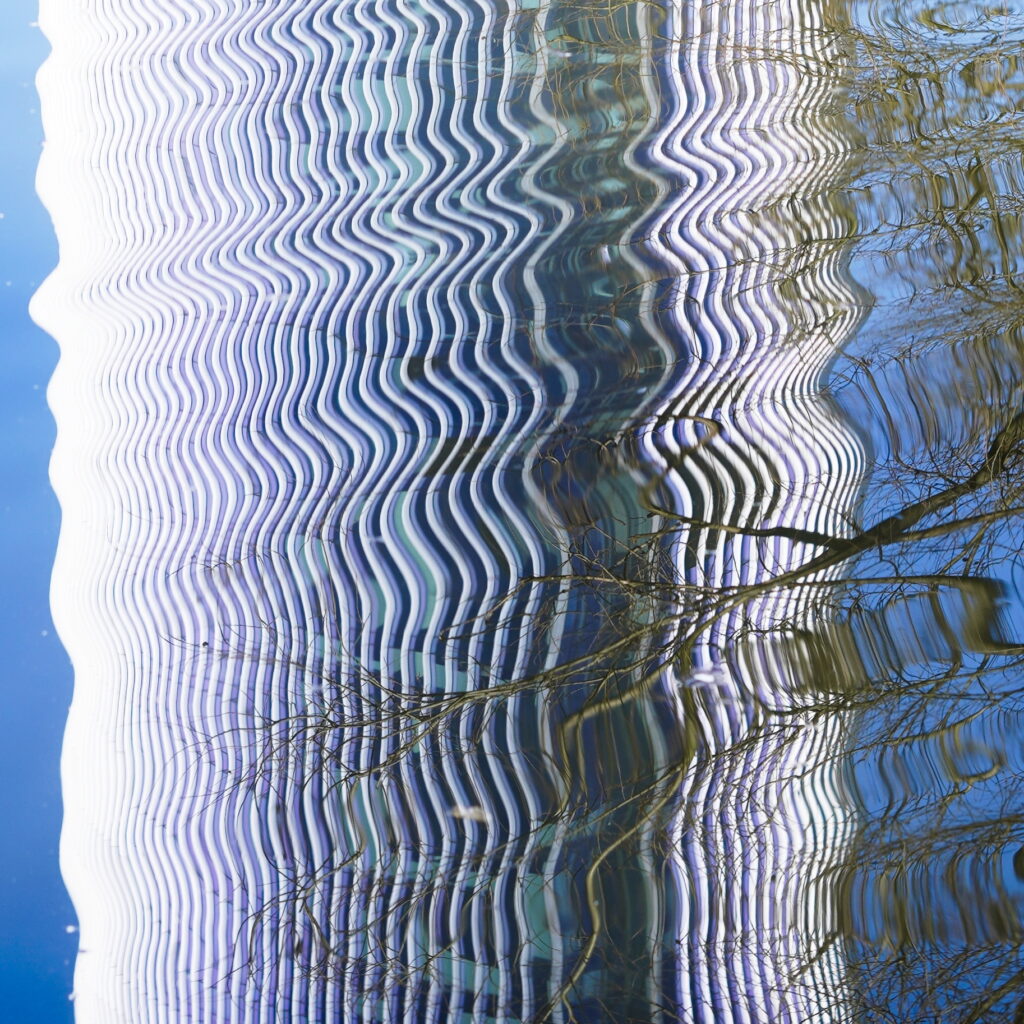
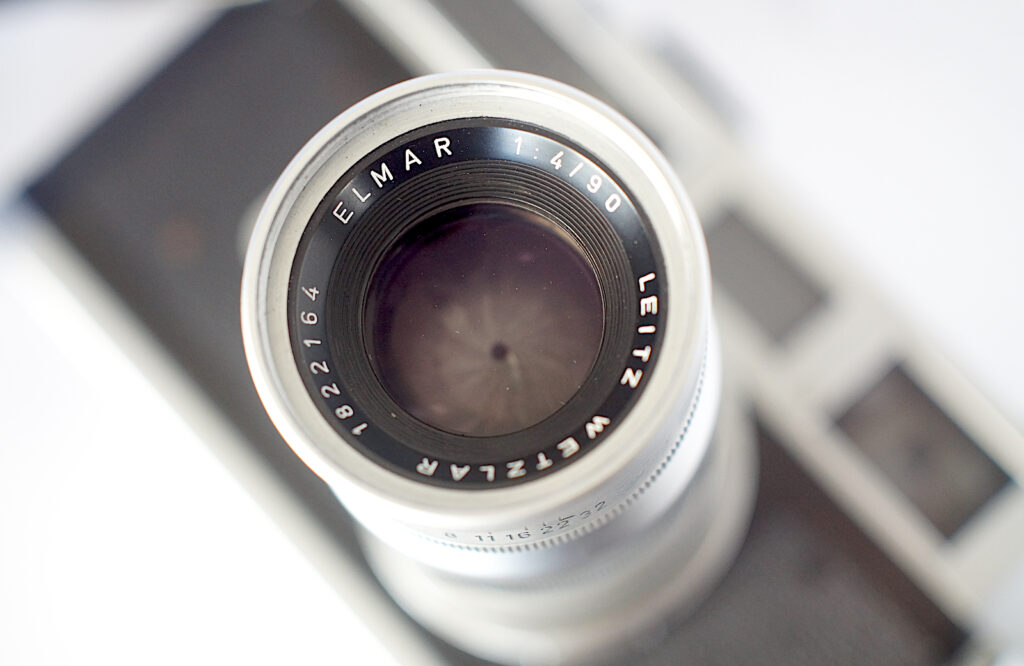
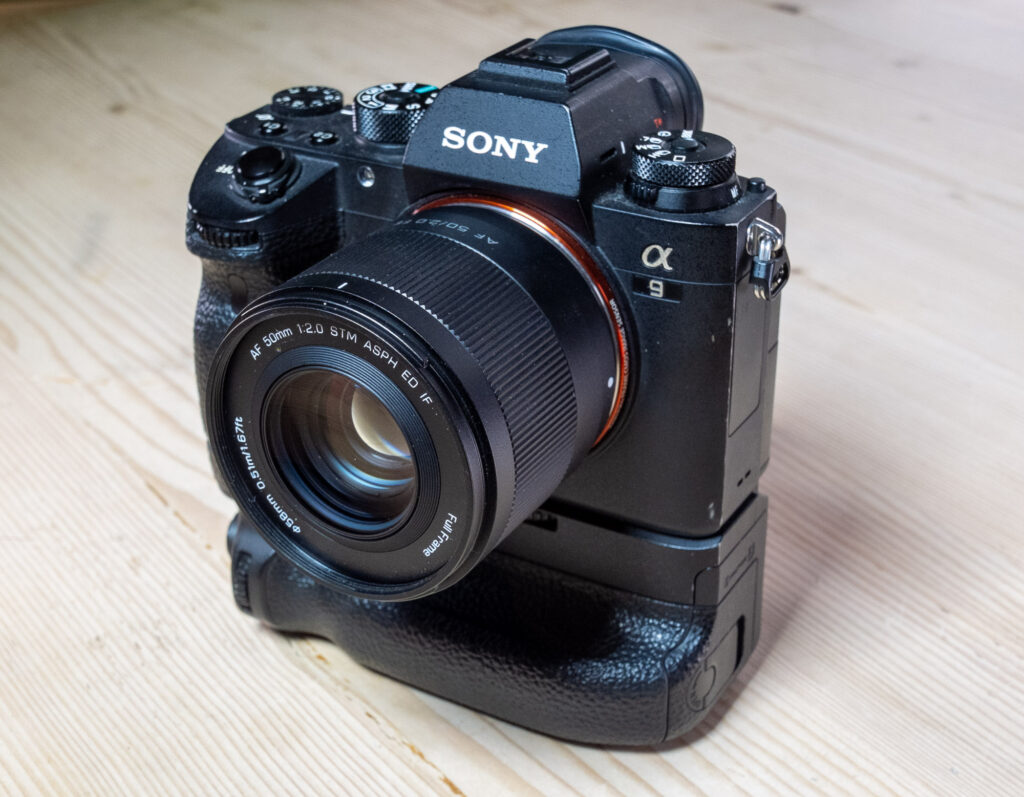
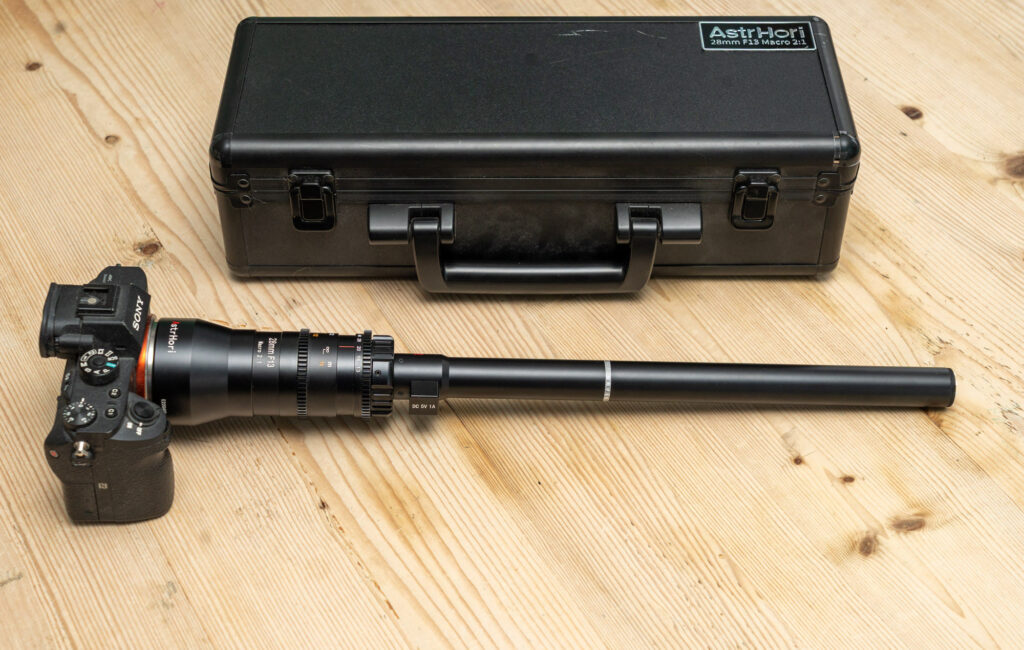




Comments
Ron Peters on Carl Zeiss 38mm Sonnar / Omnar CX38-28 for use on Hasselblad XCD and Fuji GFX
Comment posted: 22/03/2024
Comment posted: 22/03/2024
Gary Smith on Carl Zeiss 38mm Sonnar / Omnar CX38-28 for use on Hasselblad XCD and Fuji GFX
Comment posted: 22/03/2024
Comment posted: 22/03/2024